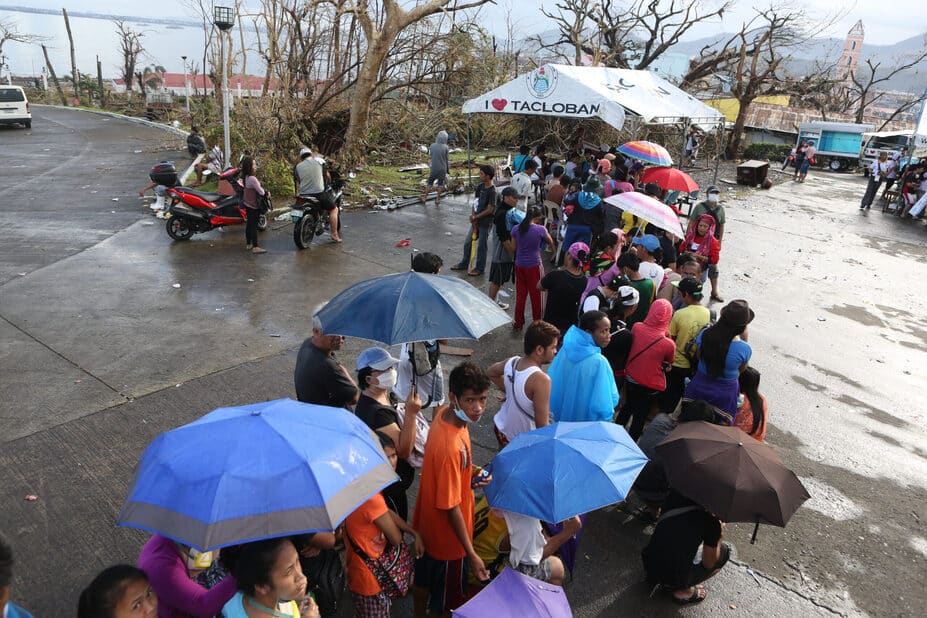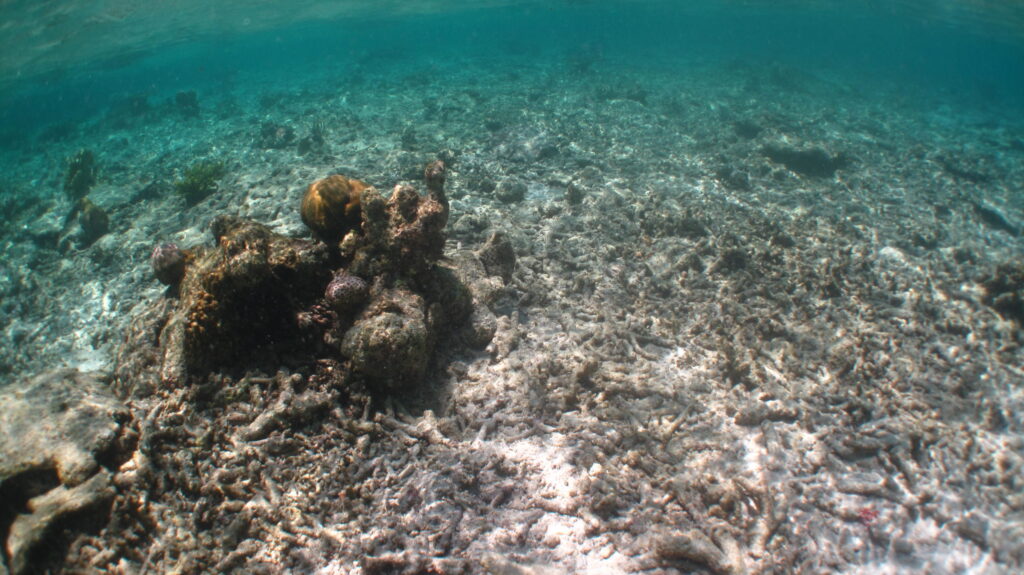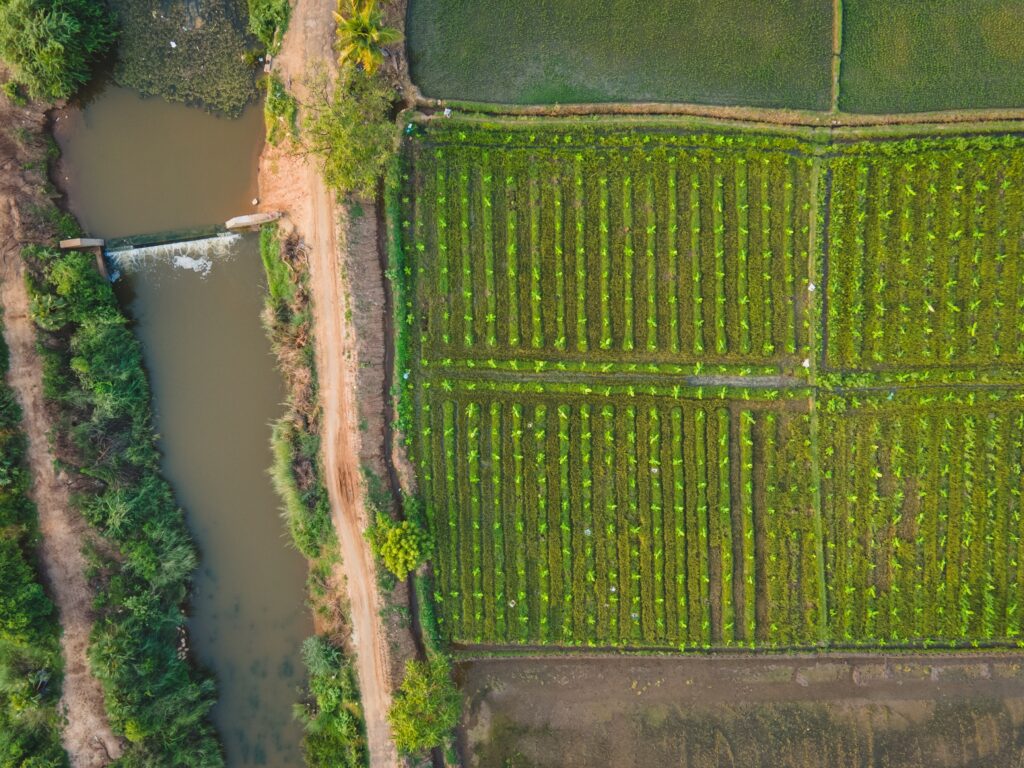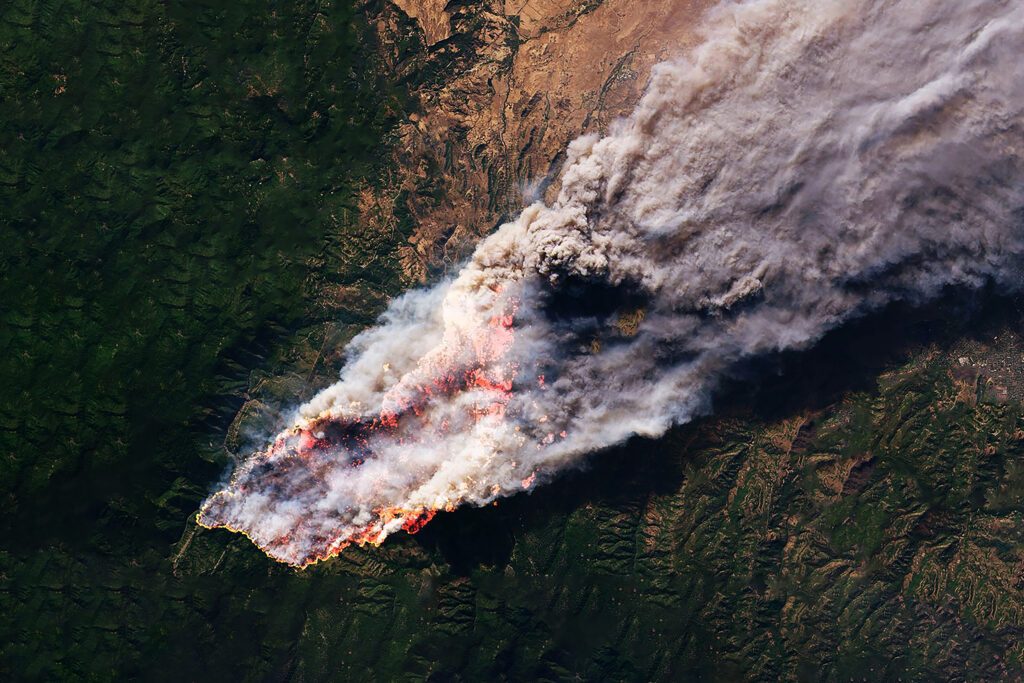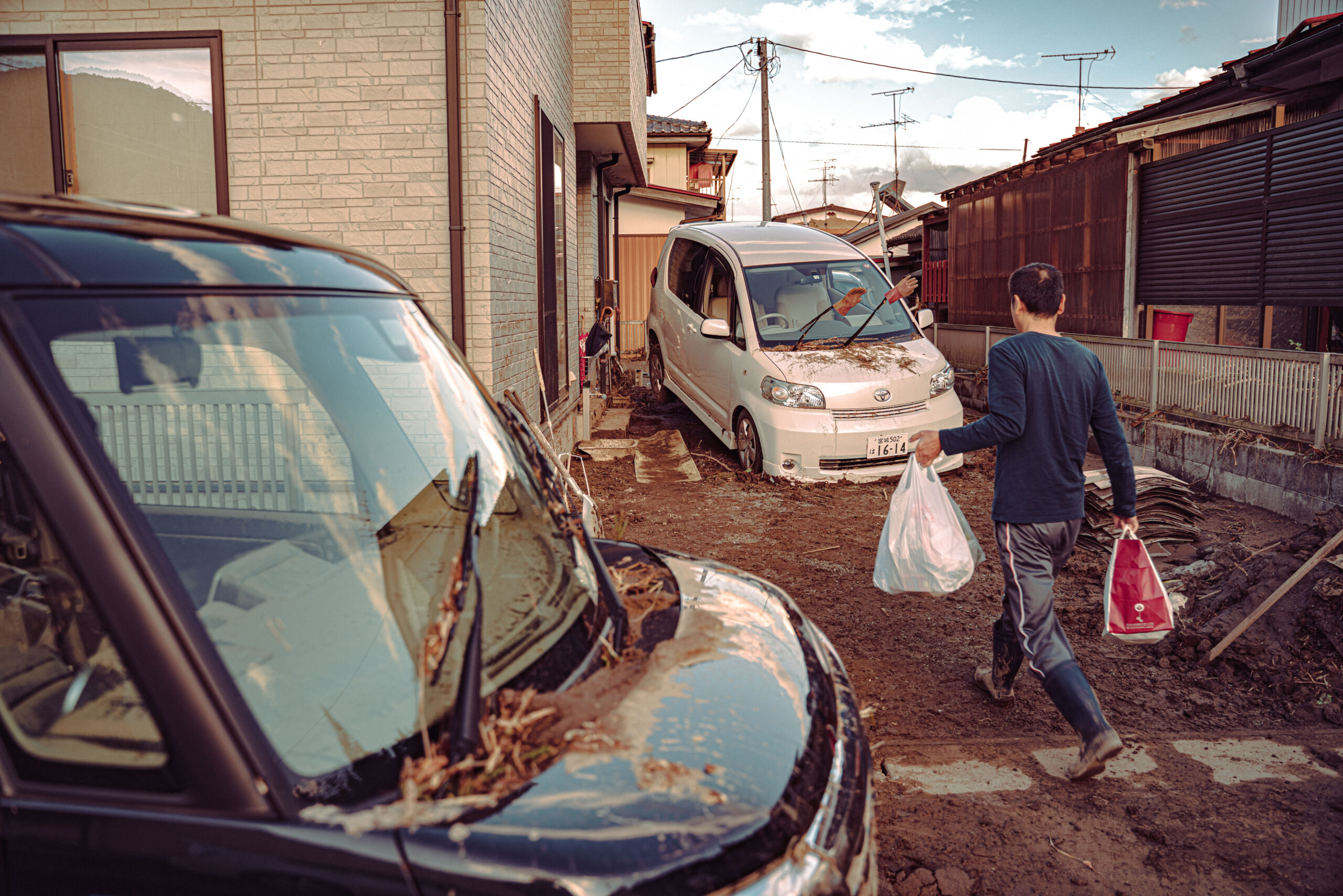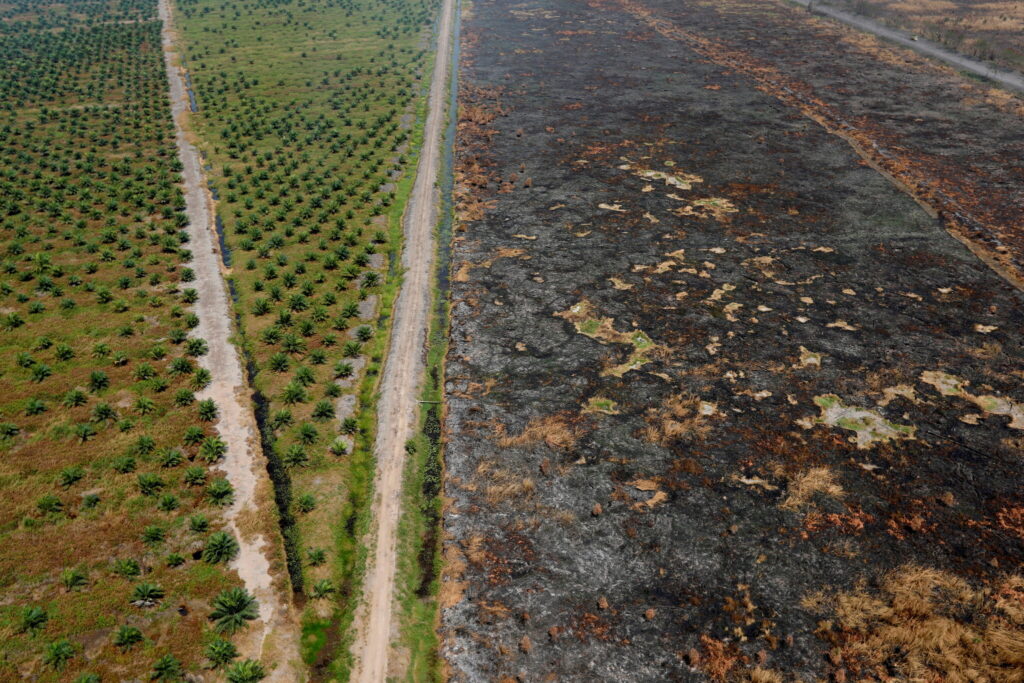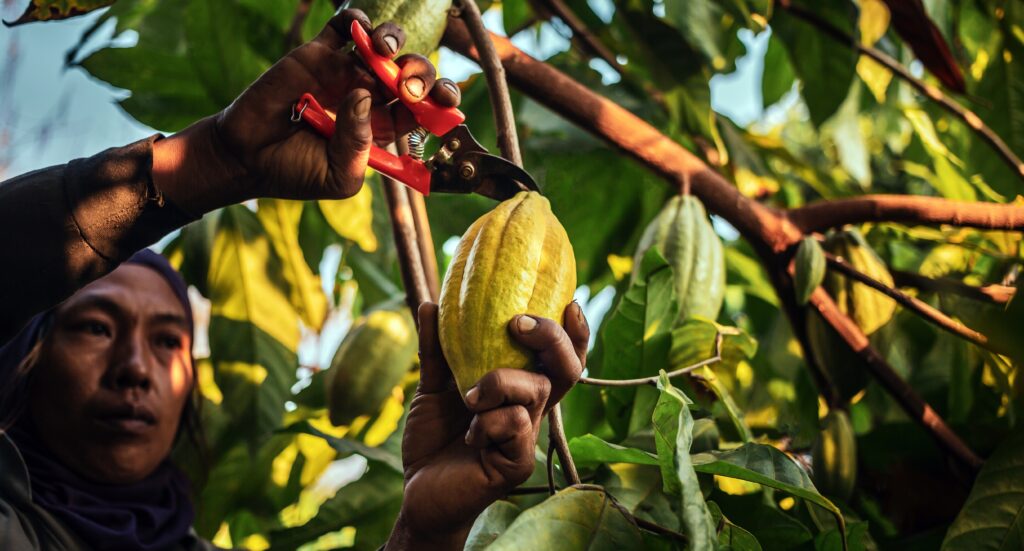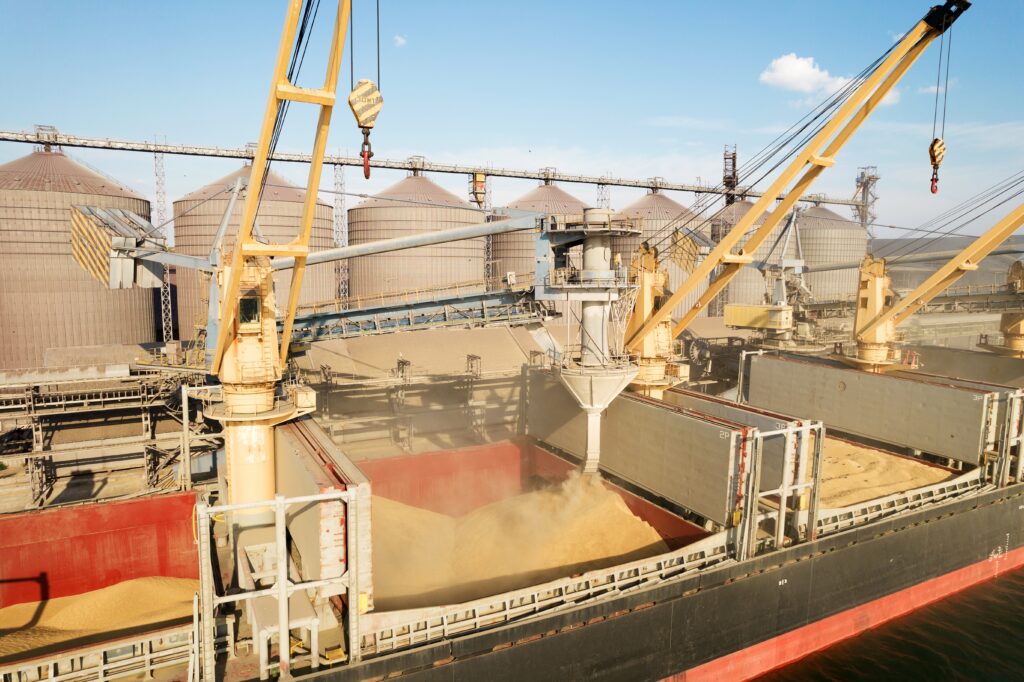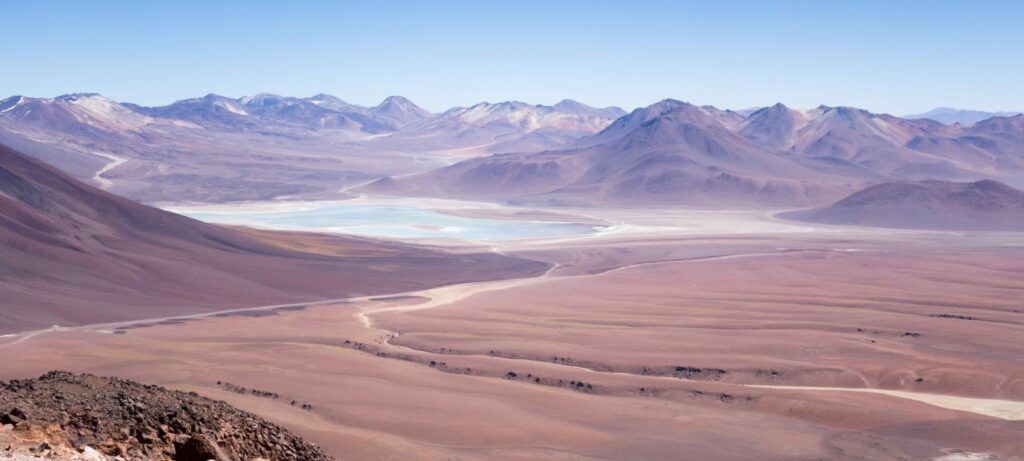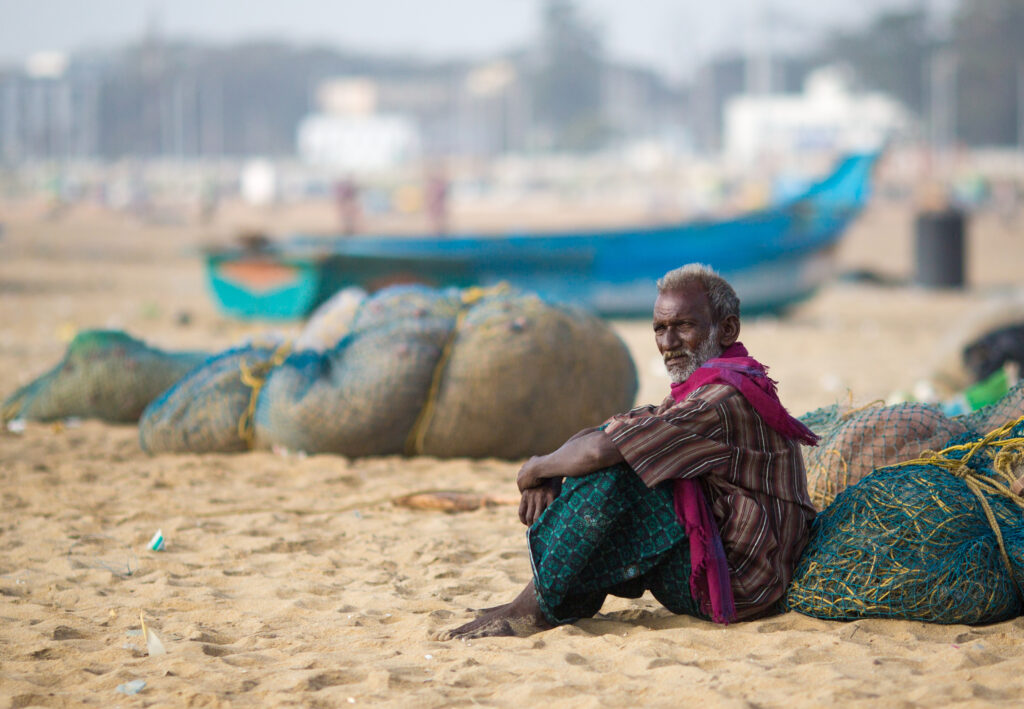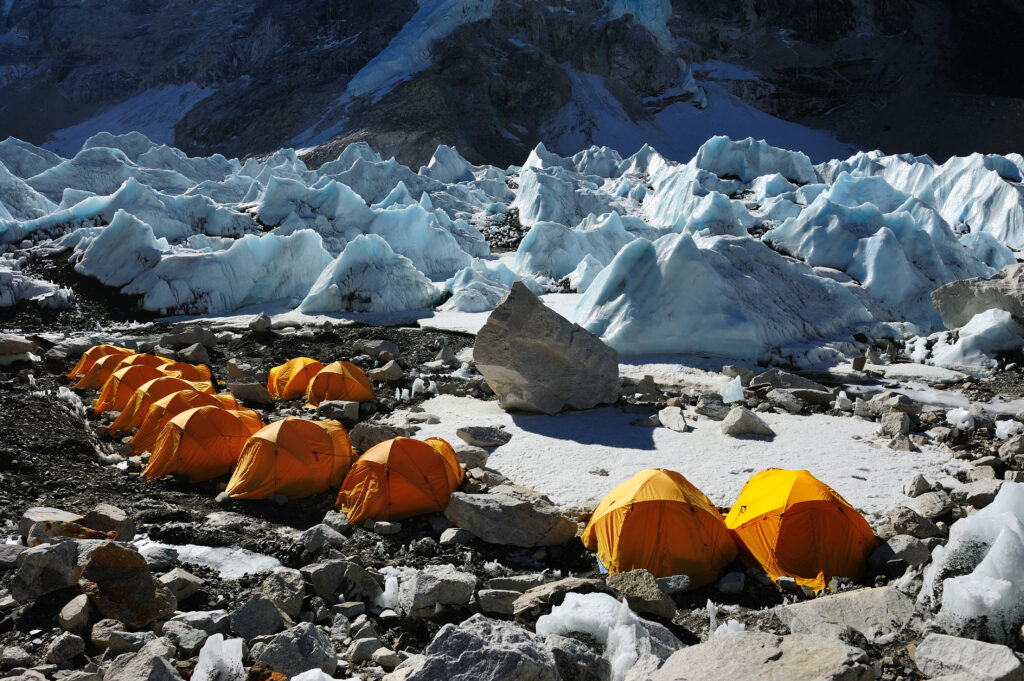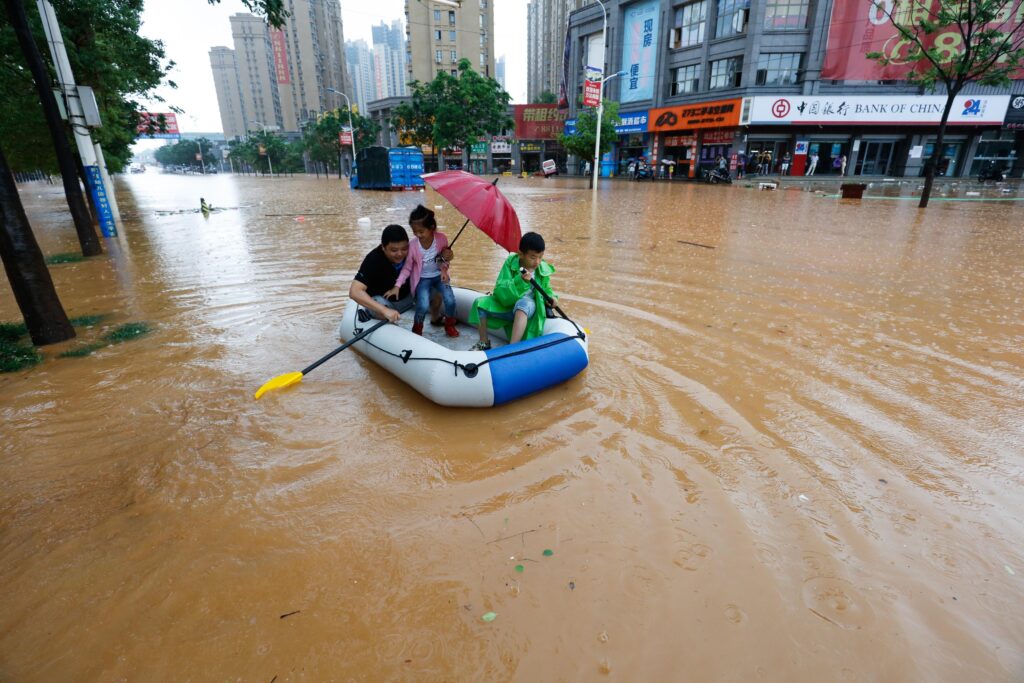The effects of cyclones on human life are profound. This realisation is nothing new, with cyclones perennially ravaging societies periodically throughout history. Today, cyclones are tracked with meticulous precision and their impacts on human life are followed with utmost interest.
The Deadliest Tropical Cyclone in Asia’s History
Justifiably, the effects of cyclones on human life are, generally speaking, judged on their death toll. One of the most devastating cyclones to impact Asia in recent memory was Cyclone Bhola in 1970, which resulted in the deaths of an estimated 300,000 people – most of them in India’s state of West Bengal and Bangladesh.
Yet, since the 1970s, many countries like India and Bangladesh have grown comparatively richer and put scores of adaptation measures in place, which has led to massive decreases in casualties from cyclones. Cyclone Amphan in 2020, for example, was responsible for only 80 deaths in India and Bangladesh, despite being one of the strongest on record to strike a similar region as Bhola did in the 1970s.
The Effects of Tropical Cyclones on Debt and Development
While death is one thing, despair from extreme weather events is another. While lowering fatalities is a positive in itself, it is not the only measure of how the effects of cyclones on human life are illustrated.
Development gains, like rising incomes or better living standards from industrialisation, can be sent backwards after an extreme weather event. More often than not, disasters like cyclones impact the poor the most. The World Bank says natural disasters are pushing around 26 million people back into poverty yearly, mainly because they lack the resources to recover.
At a country level, this can also place extraordinary pressure on governments already working with limited funds for essentials like education and healthcare. After disasters hit developing countries, governments are often forced to take on yet more debt to aid recovery and rebuilding efforts. Last year, when Pakistan was struck with torrential rains that inundated the country, causing some USD 30 billion in damages, it lobbied for debt relief at the COP27 climate conference in 2022. Prime Minister Shehbaz Sharif said that the escalating public debt was impeding recovery.
Similarly, Hurricane Ivan in 2004 caused a GDP loss of 200% for the Caribbean country of Grenada, wiping out development gains, especially in its agriculture sector. Before Hurricane Ivan, one of Grenada’s main exports was nutmeg, providing the tiny island nation with a valuable source of foreign exchange and employment. Hurricane Ivan wiped out the entire industry and, with it, the country’s potential income to rebuild. Grenada’s nutmeg industry still hasn’t fully recovered.
The crushing effect of existing debt repayments for poorer countries on top of climate change-linked damages sustained during extreme weather events is debilitating, as the countries often have to take on more debt to rebuild, resulting in a vicious cycle of repayments that prevent countries from building wealth and moving out of poverty. To make matters worse, many poorer countries are expected to throw investment into clean energy, despite having extremely low per-capita emissions and lacklustre education and healthcare institutions that desperately need more funds.
Achim Steiner, the chief of the United Nations Development Programme, says that without debt forgiveness for the poorest countries, transitioning to clean energy will be near impossible and will push governments to use fossil fuels that cause climate change. He says that the global financial systems need to evolve with the size and nature of the challenges that climate change, extreme weather and crushing debt bring.
The notion of debt forgiveness is gaining momentum in 2023. The World Bank’s new boss Ajay Banga said suspending debt repayments for disaster-hit countries would be part of the bank’s new approach. Much of this came after intense pressure to adapt its financing given climate change’s rising impacts. Malik Amin, Pakistan’s former climate minister, said this could provide Pakistan – and, by extension, other countries – breathing space to recover and rebuild their countries, industries and communities.
The Impact of Cyclones on Climate Change Migration and Displacement
The effects of cyclones on human life go further, and while debt at a country level can be crippling, displacement of individuals and communities can be life-altering. Moreover, the economic implications of displacement feed into existing debt and developmental pressures facing poor countries after extreme weather events like cyclones.
In Asia alone, a report by the Internal Displacement Monitoring Centre (IDMC) said that over a 10-year period between 2010-2021, over 225 million people were internally displaced – equalling 78% of the global total. The majority of those people were fleeing supercharged floods and cyclones, which are now becoming increasingly exacerbated and linked to climate change’s intensifying impacts.
The IDMC report showed that the starkest impacts of the effects of cyclones on human life were in the Philippines. Typhoon Haiyan, for example, uprooted 4.1 million people in 2013. And in 2021, Typhoon Rai smashed the Philippines and displaced 3.9 million people, causing them to evacuate pre-emptively. To the government’s credit, this pre-emptive action saved lives but did nothing to prevent over 400,000 homes from destruction, with a further 1.7 million damaged. As of 2022, when the report was published, 590,000 people still faced displacement due to Typhoon Rai.
The economic fallout of displacement is difficult to quantify, with the destruction of homes only part of the picture. Displaced people are often subject to a loss of land that provides them with livelihoods that, in turn, provide them the income to survive. The longer people are displaced, the more costs become entrenched and can, much like debt, hinder communities and countries from growing richer – as they are in a perpetual cycle of suffering and recovery. This is particularly pertinent for low-income countries where a disaster may wipe out significant chunks of the country’s economic activities. It can take years to recover as a result.
Yet, even when communities and individuals return home, the costs for disaster-ravaged communities continue to swell. Rebuilding homes, not to mention the loss of land or livelihoods from agriculture, does not come cheap. The IDMC report showed that after flooding caused displacement in Indonesia, families were documented to spend over a month’s worth of wages just to rebuild or repair their homes. In many low-income countries in Asia, insurance or government assistance after an extreme weather disaster is either nonexistent or a far cry from what those in wealthier parts of the globe may expect.
The costs can be a monumental setback for poorer families, who often live on riskier, marginal lands like riverbanks or coastal regions. Even those living in city slums are disproportionately affected by shoddy building materials in areas prone to extreme weather events like storms or flooding. The costs climb further for poorer people, as essential goods like food and energy often skyrocket after severe weather events, causing more hardship to those affected.
The impacts of cyclones and extreme weather events on human life are far from equal. Displacement, whether from a cyclone or violent conflict, often reinforces pre-existing disadvantages, especially for women and children in many developing countries.
Meanwhile, women in many Asian countries face more significant challenges than men in securing income away from household duties. Moreover, as displacement forces communities apart, the protection offered to women by social networks and familiar environments evaporates, making space for the risk of gender-based violence. UN High Commissioner for Human Rights Michelle Bachelet says the risk of sexual violence is a tragic reality of the lives of displaced women, which could worsen as extreme weather events intensify.
The Rising Costs of Climate Change on Development and Displacement
As climate change is set to intensify over the coming years, with extreme weather events growing more acute, increasing displacement carries severe challenges along with it. While development gains over the past decades are rightly praised for drastically reducing the number of casualties from extreme weather events like cyclones, the double threat of rising debt and displacement could throw many gains out the proverbial window. Asia, the globe’s most populous region, remains hugely exposed to both. A serious look at potential migration pathways and the associated problems with debt would go a long way to help Asia prepare for a possible surge in populations searching for safety and security.
Ashley Crowther
Writer, Australia
Ashley has reported on and photographed key stories on climate change, social development and other issues throughout Asia for nearly a decade. His work has been commissioned and appeared in publications such as the Financial Times, Vice, Marie Claire, The Guardian and more, and NGOs including the UN Foundation. He is the author and lead photographer in Our Dark Materials: Black Carbon & the Himalayas and was part of the team that won The Society of Publishers in Asia (SOPA) award for Excellence in Human Rights Reporting in 2022.
Ashley has reported on and photographed key stories on climate change, social development and other issues throughout Asia for nearly a decade. His work has been commissioned and appeared in publications such as the Financial Times, Vice, Marie Claire, The Guardian and more, and NGOs including the UN Foundation. He is the author and lead photographer in Our Dark Materials: Black Carbon & the Himalayas and was part of the team that won The Society of Publishers in Asia (SOPA) award for Excellence in Human Rights Reporting in 2022.

